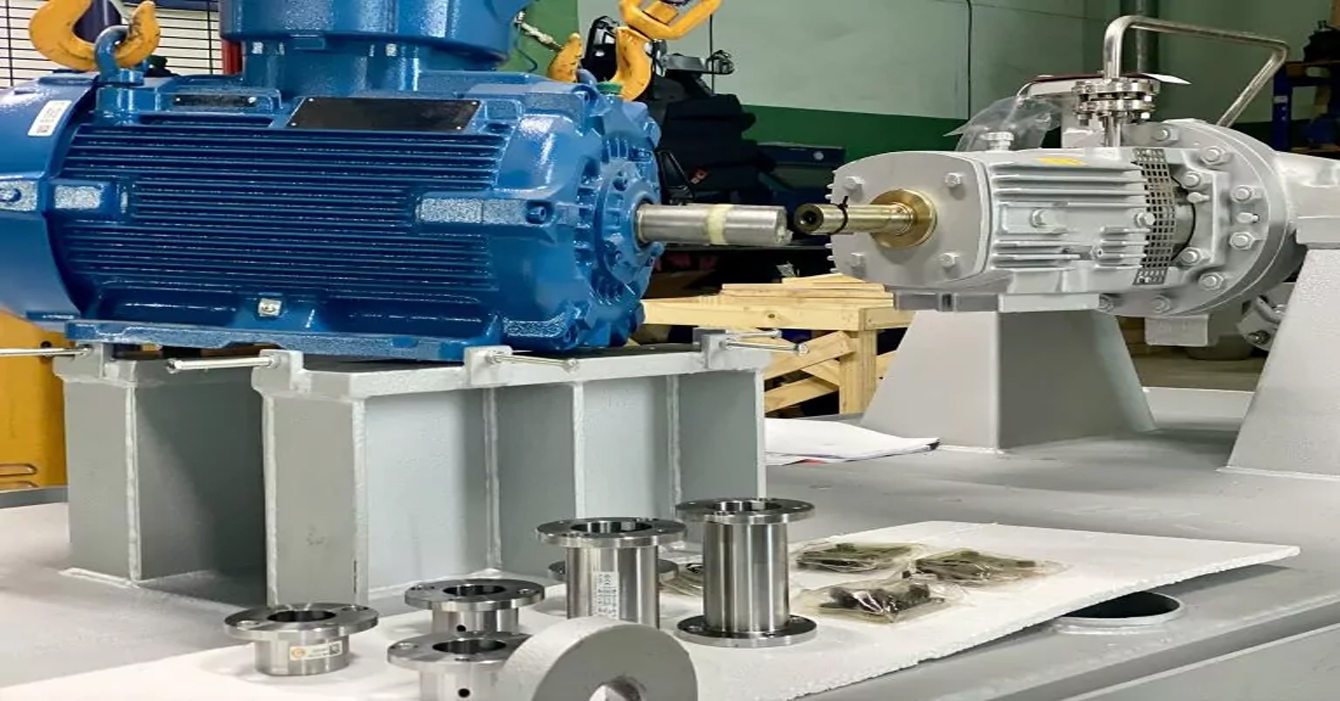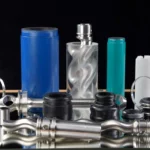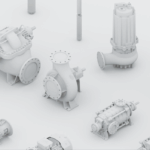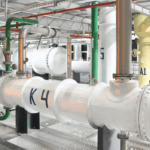Reliable operation of modern pumps depends to a large extent on their periodic maintenance. After all, it is thanks to this that serious malfunctions can be prevented, which can lead to a production shutdown and significant financial losses. So let's talk in more detail about how maintenance is carried out and what advantages it has over equipment repair.
Why prevention is more important than repair
Timely preventive maintenance allows potential problems to be identified and eliminated at the earliest possible stage, even before they begin to affect the operation of the equipment. This significantly reduces the risk of emergency shutdowns and reduces the cost of repairs, which are usually much more expensive. In addition, regular maintenance helps to keep the pumps and the system as a whole running smoothly, preventing situations where a single component failure brings the entire production process to a halt.
In contrast to prevention, repair is more complex and time-consuming. In addition, it often involves the replacement of expensive parts and additional work involving specialised contractors. It should also be borne in mind that such actions can lead to a temporary reduction in production capacity and loss of income, which is especially critical for businesses that operate around the clock. That's why it's better to carry out preventive maintenance in a timely manner than to wait until an inevitable breakdown leads to complex and costly repairs.
The main stages of pump maintenance
Preventive measures are carried out in accordance with the following sequence of actions:
- Assessment of equipment condition. The pump is checked for compliance with the technical parameters and possible deviations are identified.
- Cleaning and rinsing components. It removes all deposits and contaminants that could affect the efficient operation of the pump.
- Replacing consumables. Replace sealing elements, lubricants and other parts that wear out during the operation of the machine.
- Checking the tightness and operating conditions. The connections are checked for leaks and the optimum operating mode is set.
- Preparation of a detailed report. A document is prepared with conclusions and recommendations for further operation of the equipment.
When servicing a pump, you should take into account both the operating conditions and the daily loads it is subjected to. It will also be useful to follow the manufacturer's recommendations on the frequency of maintenance, which will help extend the service life of the equipment and prevent its premature failure.



